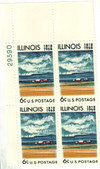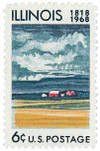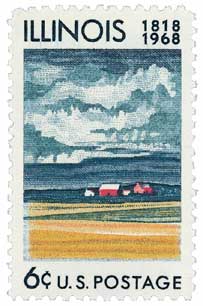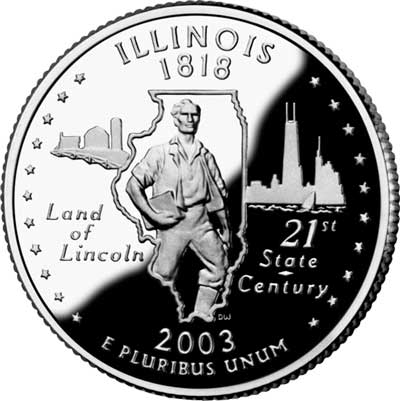Illinois Becomes The 21st State
On December 3, 1818, President James Monroe signed legislation admitting the state of Illinois to the Union.
In 1673, the governor-general of the French colonies in Canada, Louis de Buade, Compte de Frontenac, sent Father Jacques Marquette and Louis Jolliet to explore the Mississippi River. Marquette and Jolliet were most likely the first Europeans to reach Illinois. The men traveled south along the western border of the state and then returned north up the Illinois River. In 1675, Marquette founded a mission at an Indian village near present-day Ottawa. In 1699, French priests established the first permanent European settlement in Illinois, at Cahokia.

The French made Illinois part of the colony of Louisiana in 1717. In 1720, the French built Fort de Chartres on the east bank of the Mississippi, about 20 miles north of Kaskaskia. When this fort was rebuilt in the 1750s, it became the strongest in all of North America. Though remote at the time, the fighting of the French and Indian War even reached Illinois. In 1763, the British defeated the French, and Illinois came under British rule. Soon after, many French settlers in the area moved west to avoid government by the British.

Fewer than 2,000 whites lived in Illinois when the American Revolution began in Massachusetts. These people were missionaries, fur traders, farmers, and British soldiers. George Rogers Clark of Virginia led a force of frontiersmen, known as the “Big Knives,” against the British in Illinois. Rogers was able to capture Kaskaskia and Cahokia in 1778. Illinois was then made a county of Virginia.
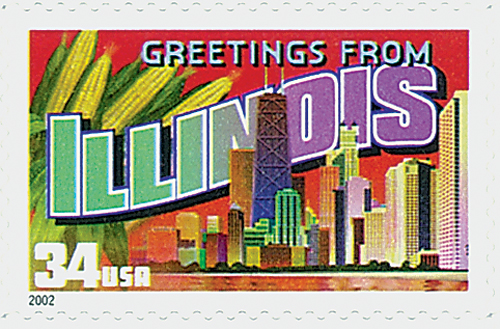
As the representatives of the states prepared to sign the Articles of Confederation, Maryland refused to ratify the document unless Virginia – and other states that held western lands – gave up their claims. So, in 1784, Virginia gave Illinois to the Federal Government. When Congress passed the Northwest Ordinance of 1787, Illinois was made part of the Northwest Territory. In 1800, it became part of the Indiana Territory, but settlers in the far west of the state complained it was difficult for them to join in the affairs of Indiana. So on March 1, 1809, the area was established as the Illinois Territory.
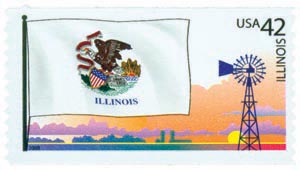
In early 1818, residents began their push for statehood by petitioning Congress and drawing up a state constitution. Though they didn’t have the required 60,000 residents to achieve statehood, Illinois was admitted to the Union on December 3, 1818. However, at that time, only the southern third of the state was settled. Nathaniel Pope, the territorial governor, had the northern border pushed to its current boundary. This gave the state access to the Chicago port area, lead deposits around Galena, and the rich dairy areas of the north.






